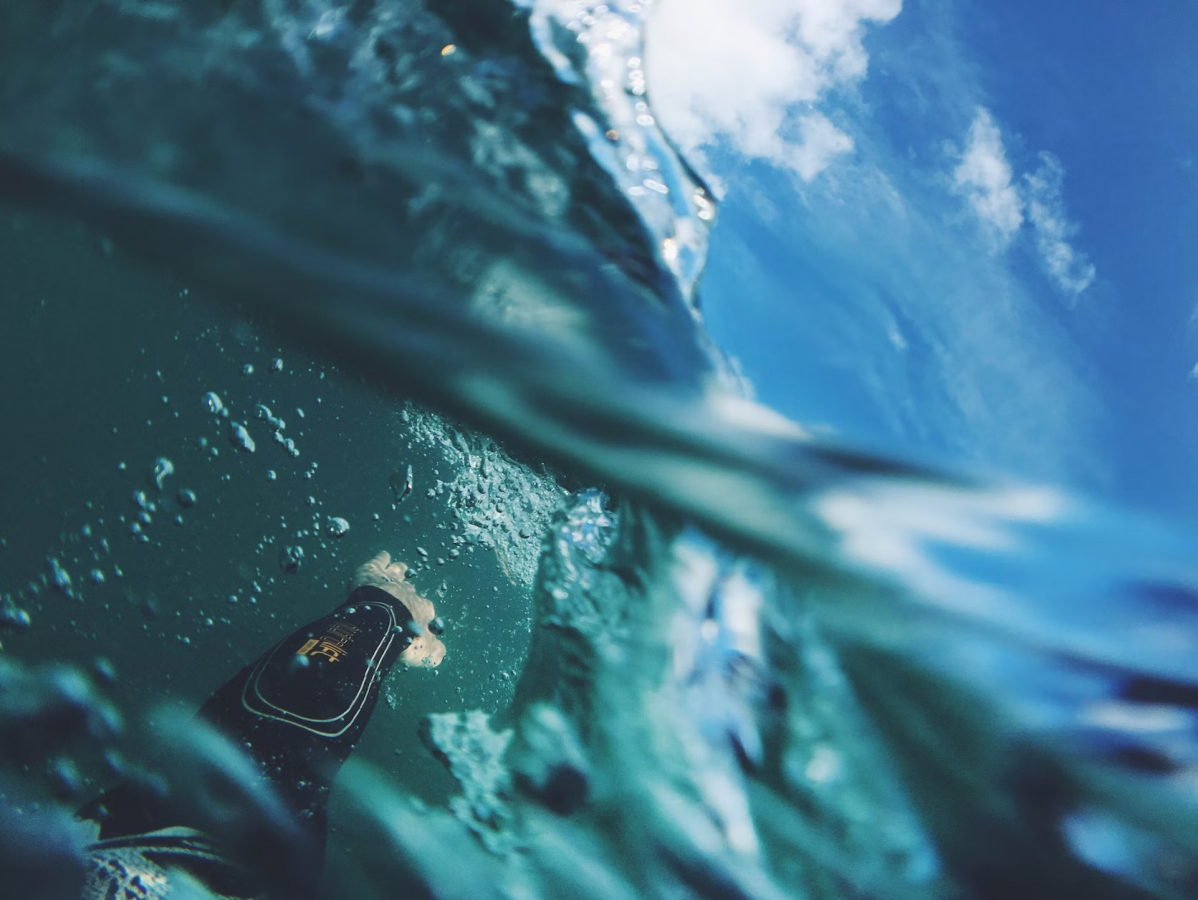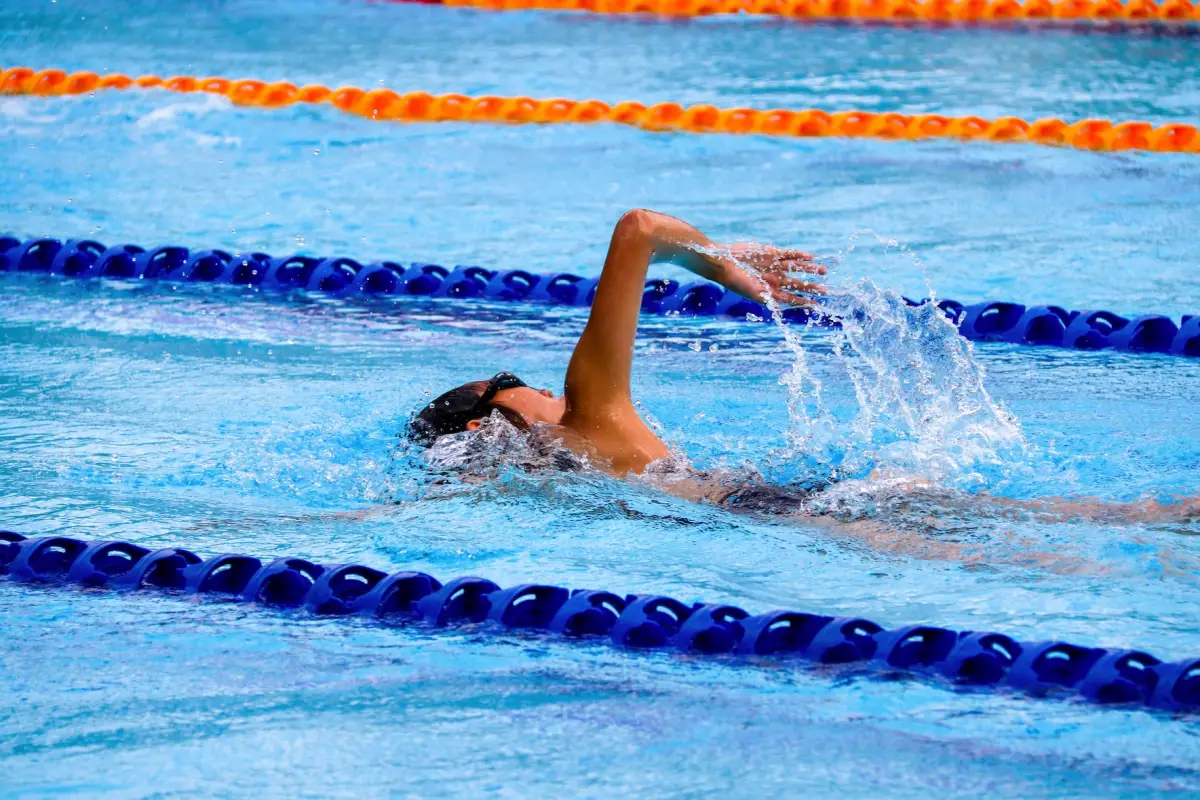Swimming is the most technically precise discipline in triathlon. It is crucial to train the technique correctly. This will help an athlete to swim efficiently, quickly, and economically at the same time.
Open water is fraught with a wide range of temperatures, waves, and sometimes mud. Such factors can scare even an experienced swimmer. But the thirst for extreme sports and testing oneself are factors that attract experienced swimmers to this sport, although they can be intimidating for a beginner.

There are no lanes and no visibility in open water, but there are waves, currents, and other athletes. There is also a need to jump on a bike immediately after swimming, and then run. Therefore, it is important to train for swimming as part of a triathlon.
Each sport involves specific training, whether it’s motorsport or triathlon. Fans of the first one we’ve mentioned can experience the full power of a racing car by renting it. For example, the F1 Grand Prix takes place in the UAE, and if you are a fan of this race, be sure to rent a car in Dubai. Rental companies offer a wide range of car types, from rental van to G class rental Dubai. In addition, hiring a car is a very easy and convenient way to go anywhere you need to go.
The most important thing about swimming in a triathlon is not to get tired! Swimming is very intense and energy-intensive, and everyone underestimates this. Most hobbyists spend so much energy on surviving in the water that it takes them a long time to recover. As paradoxical as it sounds, problems in the last discipline, running, can often be explained by the weakness of the first discipline, swimming.
Hardening
Almost everyone is familiar with the breath intercepting at the beginning of the swimming stage. The water seems to burn, and even taking a breath becomes difficult. This stress often becomes an unconscious cause of dislike for the swimming stage in triathlon, as well as an adrenaline rush on the eve of the start.
It turns out that there is a special hormone, norepinephrine, which is released during a sharp change in temperature. With regular and controlled discharges, the dose reduces to a minimum level. In simple words, when you immerse yourself in cold water, you can immediately breathe normally without trying to catch your breath. From all this, it follows that you need to prepare, and hardening is an excellent means for this.
In hardening, the most important thing is to do everything gradually. The body needs to get used to it, so it’s best to start by dousing it with cool water. Once your body has become accustomed to the experience, you can move on to cold dousing.
Another technique for adapting the body is swimming in open, cold water. Start with small distances and then increase them. Your goal is to get your body used to the cold. Thus, with a sharp immersion in it, norepinephrine will be released less and less and will not cause tremendous stress or a broken rhythm in breathing. The bonus will be the strengthening of immunity and quick recovery.
Try to dive for a few seconds without a wetsuit, douse yourself with a bucket of cold water in the country, and take a contrast shower. It’s better to listen to your feelings, and your body will tell you when you can move on to more complex hardening.
Work on endurance
Before you start training in open water, you should be able to swim at least two to three times longer than you would normally swim in a pool. Distances in open water tend to lengthen due to changing conditions. Covering the same distance in the sea will take longer and be more difficult than in the pool.

Keep track of what’s happening underwater
It is here that all progressive movements are formed. To make them as effective as possible, train the strength of the arms, shoulders, back, and abs using additional equipment.
Keep kicks to a minimum. Many swimmers tend to work their legs more actively in an attempt to maintain body position in the water. However, the fewer kicks, the better balance is maintained.
How to push off in open water
Practice manoeuvring without support. Do a set in the pool where you stop a little before the edge and turn around without pushing.
It should also be kept in mind that the competition takes place in open water. It is very important to keep in mind the factor of orientation in the environment. Especially valuable is the ability to use hydrodynamics for their own purposes. A good assistant in this is a wetsuit and other equipment for a swimmer. But it will take hours of training in handling equipment. As well as the training and dexterity to take off your wetsuit in the transition area before the bike stage.
In conclusion, swimming as part of a triathlon is quite a challenge. Especially if it takes place in open water. To achieve the best results, you need to work hard on yourself and try some tips we’ve mentioned below.


